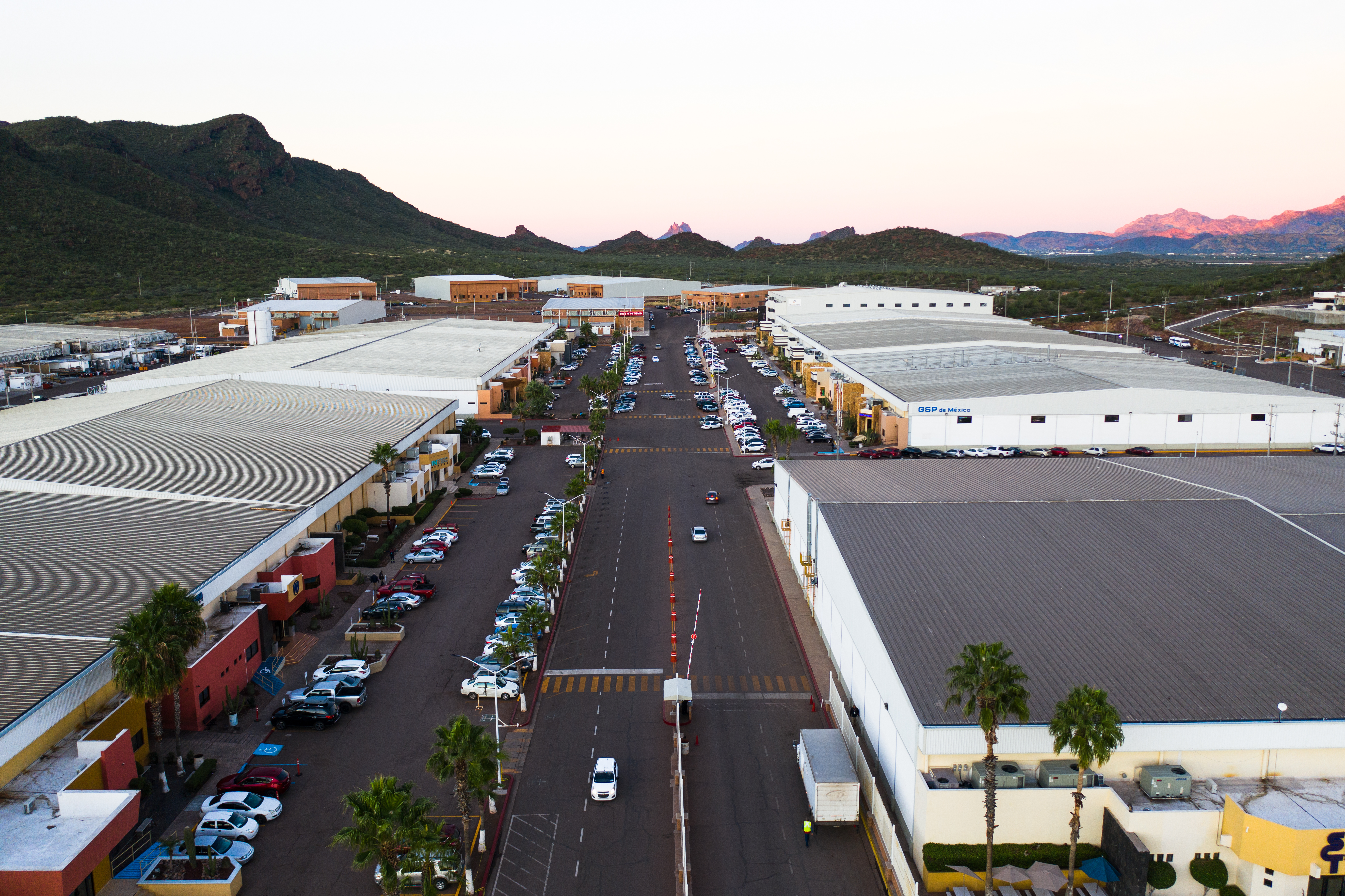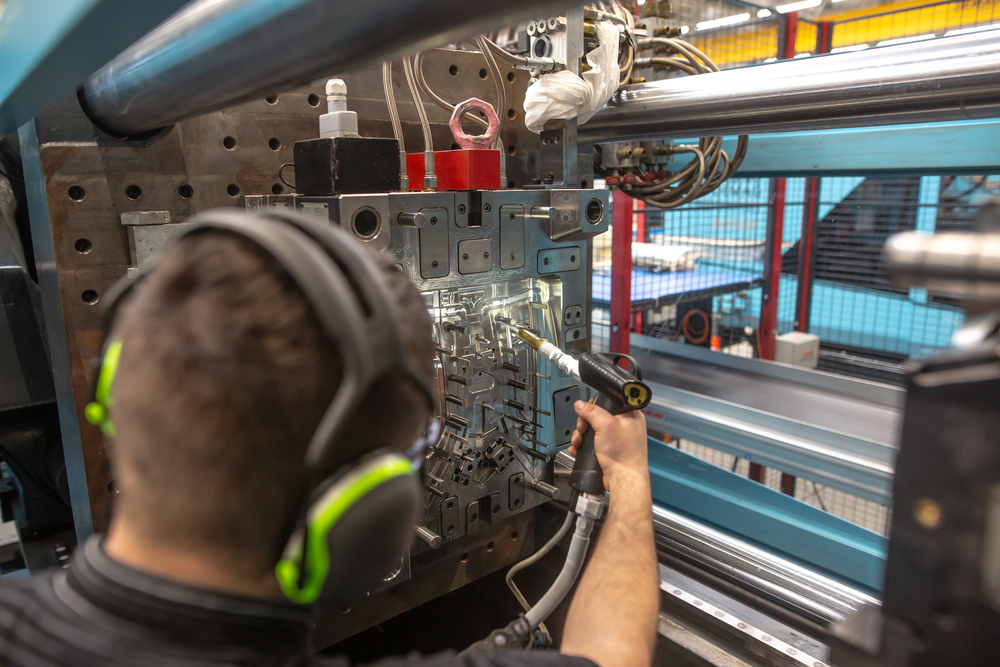Mexico’s skilled labor has long been a key factor attracting manufacturers to set up production facilities in the country. Nearshoring has skyrocketed in recent years due to labor shortages in other developed nations. However, certain areas in Mexico have begun to feel the strain from the influx of manufacturing. Automotive manufacturers, in particular, have been forced to slow or stop production due to labor shortages.
These labor shortages are far from universal. By understanding the factors leading to manufacturing disruptions, companies can arm themselves with essential information to prevent these shortages and achieve manufacturing success in Mexico.
Labor shortages disrupt Toyota Mexico's production
While many manufacturers with factories or partners in northern Mexico have experienced labor shortages in recent years, perhaps none have been as public as Toyota. According to documents corroborated by Toyota and its suppliers, Reuters reported that Toyota was forced to repeatedly stop production in early 2024 at its Tijuana plant due to labor shortages affecting its supply chain.
Toyota’s Tijuana factory produces eight variations of the Tacoma pick-up truck, with a production peak of 166,000 units as recently as 2019, and employs over 2,000 direct employees. The Toyota Mexico site in this border town also relies on more than 1,700 suppliers managing their own labor fluctuations. As Toyota has learned, labor shortages among any one of those suppliers can become a significant chokepoint. Reuters reports that these shortages are impacting both annual sales and the long-term production timeline for Toyota’s electric vehicles.
What’s causing these shortages? Tijuana’s well-documented labor shortages result from several factors. Competition among manufacturers in the industrial area has created a culture in which employees are easily enticed to new companies by the prospect of higher pay. Reuters noted that Toyota suppliers face challenges due to a tendency for employees to job-hop in search of more competitive pay.
Additionally, some laborers taking jobs at Tijuana’s manufacturing plants are migrants from southern regions. These workers often have lower levels of job loyalty and contribute to higher rates of turnover. According to a 2023 article from El Imparcial, these factors have driven annual turnover rates as high as 120% in some industrial parks.
As Mexico’s advantages continue to entice more companies to participate in the country’s growing nearshoring boom, companies that don’t consider site selection factors carefully continue to launch factories in the overcrowded border towns.
Costly turnover adds to Toyota manufacturing issues
As some Toyota Mexico suppliers explained to Reuters, the labor problem isn’t just about a lack of workers. Ongoing employee turnover has also made it difficult to retain the skills needed to keep production moving smoothly. Turnover can lead to a drop in productivity as new employees take time to learn essential skills. When employers are constantly cycling through new employees, they risk gaps in quality that can be difficult to overcome.
This indirect cost is compounded by the direct costs of turnover, which include recruiting and specialized training for new hires. It also includes the cost of overtime for employees who may be helping to fill gaps during the hiring process.
Jobvite offers a simple calculation for estimating the cost of this turnover:
- If it takes a new employee three months to become fully competent in their new role, the cost of the new hire may be 25 percent of their annual pay.
- If it takes a new employee six months to gain the specialized skill sets required for their role, the cost of the new hire may be 50 percent of their annual pay.
Site selection strategies to avoid labor issues in Mexican border towns
While there are numerous advantages to manufacturing in Mexico, companies operating in border towns have faced significant labor issues, as seen with Toyota and their suppliers. To avoid these problems, manufacturers should strategically plan their launch with a focus on the following factors:
- Select sites with long-term demographic stability: By choosing a site further into the interior of Mexico, manufacturers can balance access to the U.S. market with better labor costs and stability. Many manufacturers are looking at emerging manufacturing centers that already have essential infrastructure in place but have yet to be saturated with manufacturing jobs. Mazatlán is one such city. This Pacific coast city has long served as a logistics hub for companies importing materials from and exporting products to Asia and the western United States. The region’s growing population, existing training institutions, and infrastructure investments are attracting more manufacturers. Because Mazatlán’s manufacturing sector is still in its growth phase, companies tend to compete for labor against sectors that may offer lower-paying or less desirable jobs. New entries to Mazatlán’s manufacturing sector are setting the standard for compensation and benefits, finding competitive wages to be more manageable than the escalating wages in established hubs like Tijuana. By setting the bar for well-compensated employment in a safe, consistent operating environment, manufacturers may secure higher retention rates from the local workforce.
- Invest in training employees: Cities like Mazatlán may not have a long history of manufacturing, so companies considering expansion into these areas should be prepared to invest in training their workforce. The benefit of locating in less industrialized cities is that, by investing in training, companies can avoid high turnover rates as long as they position themselves as employers of choice. This investment in employee development not only enhances productivity but also fosters loyalty, reducing the likelihood of job-hopping.
- Become an employer of choice: To attract and retain talent, manufacturers need to go beyond competitive compensation. Investing in employees’ personal and professional growth, providing opportunities for career advancement, and ensuring a healthy work-life balance are critical. Companies that help employees reach their potential and create a positive work environment will be more successful in retaining their workforce and fostering long-term stability.
- Work with an experiences partner: To avoid making assumptions in the site selection process and leverage real-time data, it is crucial to work with experienced partners. One common mistake companies make is relying on data from Economic Development Corporations (EDCs), which may not have accurate and reliable information. Partnering with organizations like Tetakawi or other shelter service providers, who pay thousands of employees weekly, can provide realistic wage data and insights into effective practices. Additionally, these partners can offer valuable information on turnover rates and facilitate connections with existing manufacturers to gather firsthand feedback.
Additional reasons you should look beyond the border
Tijuana is not the only border city facing significant challenges. Other locations, such as Ciudad Juárez and Mexicali, also present various obstacles. Here are some additional reasons to avoid setting up along the border:
- Escalating Real Estate Costs: High demand for industrial space has driven up real estate prices, straining budgets for new manufacturers and hindering the expansion of existing operations.
- Safety Concerns: Higher crime rates in border cities require additional security measures, increasing operational costs.
- Infrastructure Limitations: Overcrowded infrastructure leads to delays in transportation and logistics, affecting supply chain efficiency.
When you look at future-proofing your Mexico operation, it is often smarter to go to a place with less direct competition for labor where you can have a more predictable manufacturing environment with labor capacity, stability, and scalability. Central locations like Mazatlán offer a more stable and cost-effective environment, with lower real estate costs, a safer operating environment, and growing infrastructure, providing a favorable setting for long-term success.
Your solution for long-term stability in Mexico
While Mexico’s manufacturing landscape is changing, it still offers significant cost and labor advantages for manufacturers. With some upfront research, manufacturers can better understand the differences across potential sites and select the location that will best serve their needs today and well into the future.
This is an area where Tetakawi can help. Our insight into recruiting and retention best practices across Mexico has helped many manufacturers gain the data they need to make a successful site selection decision. When paired with our build-to-suit manufacturing space and broad range of shelter services, manufacturers gain the support the need to guide a fast and successful operational launch. If you’re ready to start digging into the data to inform your launch, contact Tetakawi today.
Subscribe
Sign up and stay informed with tips, updates, and best practices for manufacturing in Mexico.






